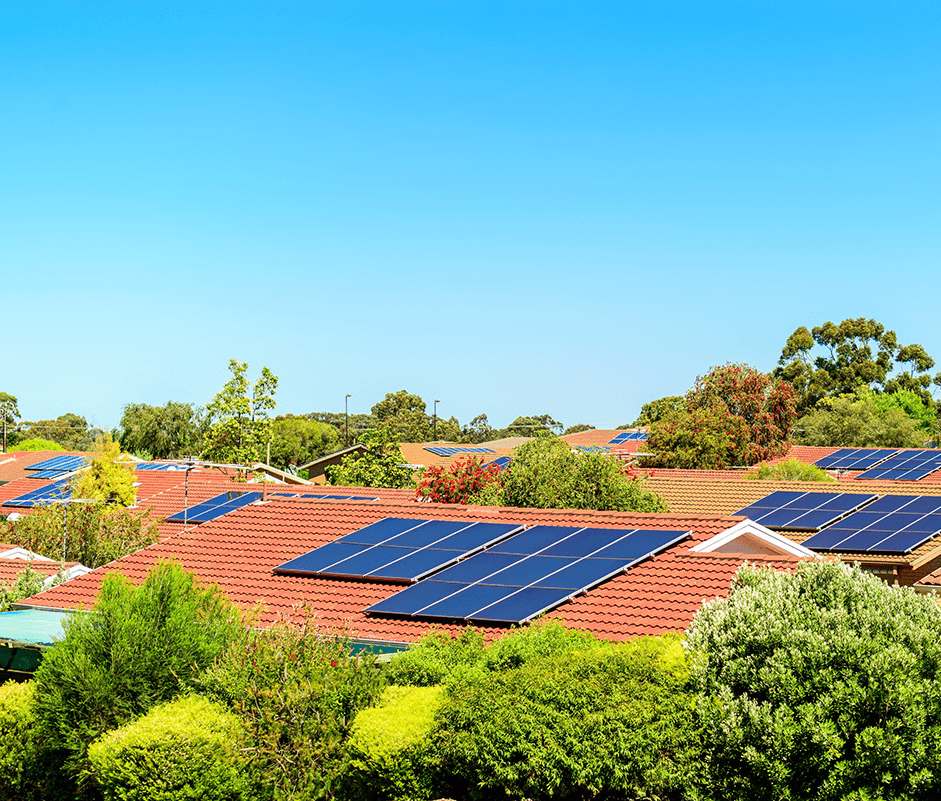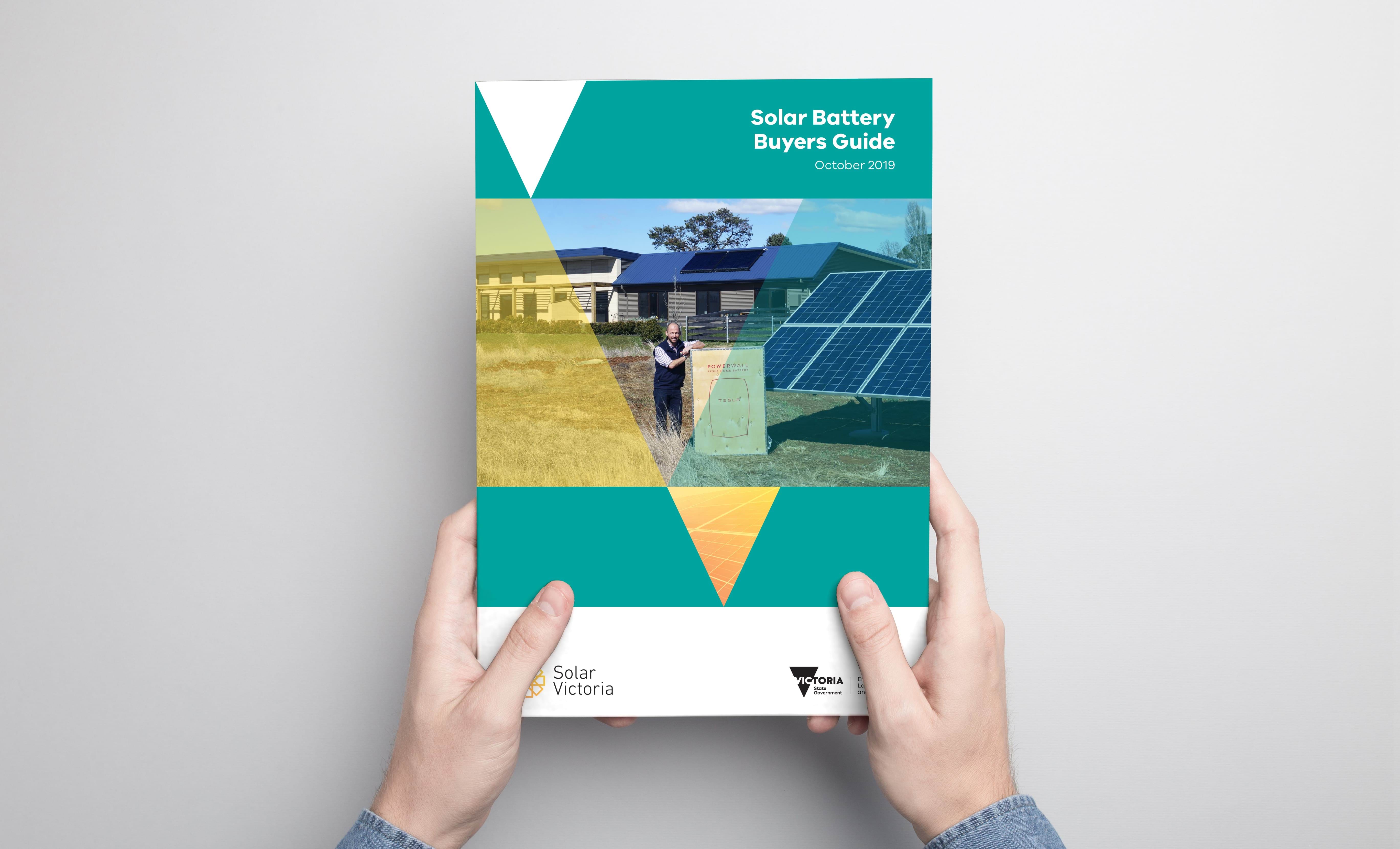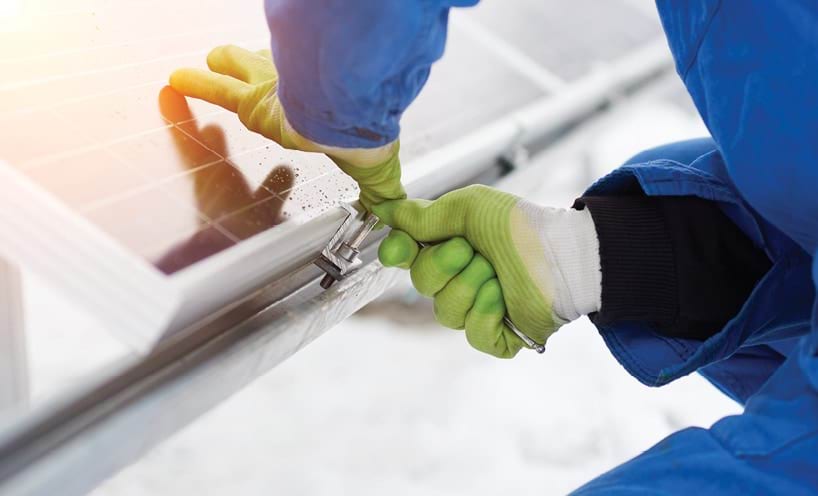Kirsteen and her husband David leapt at the chance to add a battery to their solar PV system a couple of years ago. They’d been doing their bit to lower their energy and water use for a while, getting solar panels nearly 20 years ago, installing rainwater tanks and riding bikes to cut down on car use.
Adding energy storage to their solar PV system, so that could use solar generated electricity at night, seemed like a logical step.
They responded to an offer posted in their letterbox, which in hindsight seemed too good to be true, to install a battery system at a discounted price.
“I was told by another installer that we got a second-rate battery system on this deal,” says Kirsteen, admitting now that they “didn’t pay enough attention” when looking at the offer. “ We did talk it over, though, and decided to give it a go.”
She’s upbeat about the experience and the battery system hasn’t had any faults so far, but with a storage capacity of just 1.2 kilowatt-hours, it’s too small for their needs.
Kirsteen says that she didn’t understand much about battery sizing at the time of purchase, but says that sizing, and the likely cost savings from the system, will be at the top of their list if they upgrade their renewable energy systems down the track.
“We’ll look at our energy loads next time, specifically whether or not we want to shift our hot water to electric for instance, because this will influence our battery size,” she says.
Working out the size and savings
“When it comes to solar, one of the hardest decisions for households is what size system they should get. This is even more complex when it comes to batteries,” says Energy Policy Manager Damien Moyse from not-for-profit organisation Renew.
He says that the battery capacity required depends on a number of factors, including the size of your existing or new solar system, the size and profile of your electricity usage (daily and seasonally), and the energy requirements of any appliances that you wish to run during a power outage, if you are considering a system that can provide back-up supply if the grid goes down.
Damien advises households to work out the economics of a proposed battery system, including annual bill savings and likely payback time, before buying a system, as some battery systems won’t payback during the warranty period or even during the battery’s lifespan.
“Typically, larger homes with higher electricity usage that can’t be shifted into the day time will benefit more from installing a grid connected battery,” he says.
However, Damien advises household serious about adding a battery to their solar PV system to get independent advice to plan a system that optimises overall performance.
“It is critical that you purchase a battery size that will be relatively well-utilised throughout the year. There’s no point in buying a battery that will sit there almost full most of the time, or is too small to supply the loads you are trying to cover, or even too large for your solar system to properly charge.”

Solar assessment calculator for your home
Use this solar calculator for a free and independent assessment of the best size solar system for your home, plus an estimate of the cost and your potential bill savings.
Tips for next time
Kirsteen’s experience means she has plenty of advice for prospective solar battery households.
She advises households to compare the functionality of the different battery systems and that it can connect to other services that you want to tap into, after she found that their battery didn’t work with a major Energy Management System that they’d like to use.
“Next time I’ll take a closer look at how the battery integrates with other systems. Down the track I want to remotely control the heating or cooling for instance. Another consideration is whether or not the battery can link with Virtual Power Plants, where a number of battery households come together to form one neighbourhood power plant.”
“And I’d definitely check whether or not you can add more battery storage to the system later on, in case your energy loads change and you need to store more energy."

How does a virtual power plant work?
Virtual power plants (VPPs) are a way for you to take your solar to the next level – and save money while you do.
“Convenience won out last time. The company did all the organising with very little effort required from us. Next time we’ll spend more time shopping and researching before buying a system.”
Damien advises households to get three quotes when installing a solar or battery system, and to go with a reputable installer with a long history in the business and to investigate solar battery rebates available through Solar Victoria. Any battery system installer must have Clean Energy Council Accreditation with additional credentials, such as grid-connect installation accreditation with a battery endorsement.
“Choosing a locally-based solar business that’s been around for a while can offer peace of mind that there will be someone on the ground to help enact any warranty issues or fix problems down the track,” he says.
“Grid-connected batteries for solar battery systems are relatively new and none of the currently available products in the Australian market have been around for more than about three to four years. It pays to shop around and plan a system that’s reliable, has the features you need, has long warranties and that offers some financial returns.”
Updated




